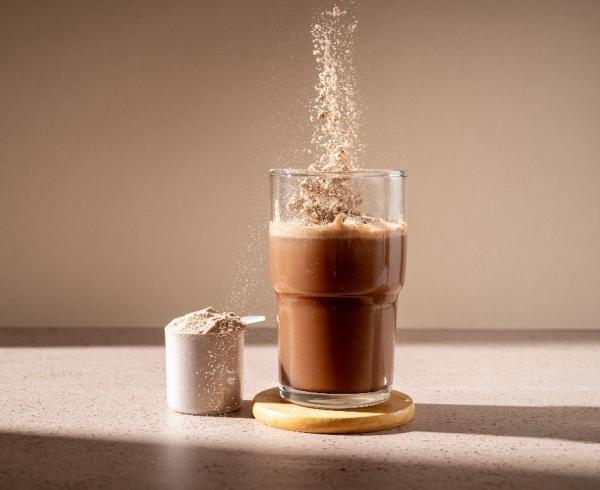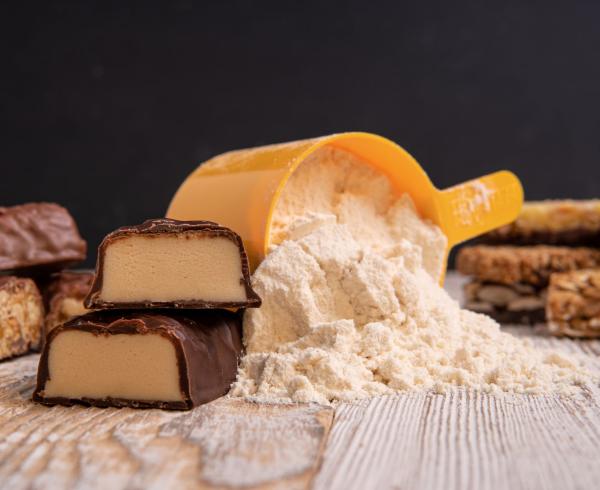
The Spectrum of Protein Quality
Protein Hub
Our deep dive into the wide range of protein quality and sources will help brands choose the best protein for specific consumers.
Highlights
- Protein quality indicates how much of the protein can be utilized by the body.
- Whey protein’s high scores give it a better overall nutritional value than other protein sources.
The Spectrum of Protein Quality
Many different foods contain protein, but the amount and quality of the protein can differ greatly depending on the source. Protein quality is the ability of a food protein to meet the body’s metabolic demand for amino acids and nitrogen. Protein quality is influenced by a protein’s amino acid composition, digestibility and bioavailability.
A keen understanding of protein quality and sources allows brands to make the best choice for their protein-based supplements, foods, and beverages to meet consumer expectations for health and performance.
Animal-based sources, which are considered good sources of protein, tend to have the highest amounts of protein and the highest protein quality. Protein quality, which is influenced by a protein’s digestibility and amino acid composition, indicates how much of the protein can be used. Just because a food source contains protein does not mean the body can fully utilize it.
Protein quality differences are particularly pronounced when comparing animal proteins (such as dairy, eggs, and meat) to plant proteins (such as rice, wheat, and beans). Most plant proteins are low in one or more essential amino acids (called limiting amino acids) that the body requires for protein synthesis. To deliver a complete amino acid profile, multiple plant proteins must be used.
Measuring Protein Quality: PDCAAS and DIAAS
Whey protein isolate has a DIAAS of 1.09, signifying a higher protein quality and nutritional value than, for example, soy protein concentrate (0.90), pea protein isolate (0.82), rice protein concentrate (0.37). Being aware of these differences in nutritional value is valuable in formulating the most effective nutritional products.
With the DIAAS scoring method, values are used to identify protein quality. These values include the following categories:

Additional Protein Quality Methods
While PDCAAS and DIAAS are the most widespread and advanced methods used to measure protein quality, there are several additional methods used by researchers that can provide complementary insights into proteins, including:
- Protein Efficiency Ratio (PER), which measures weight gain in relation to protein intake (studied in rat models), showing how well the protein supports growth
- Biological Value (BV), which refers to the proportion of protein retained in the body for growth and/or maintenance and expressed in percent of nitrogen absorbed.
These measurements help us compare different protein sources to see which ones are the best for nutritional and functional support. Egg and whey protein have particularly high PER and BV measurements.
Schematic outline of the different human body samplings for measurements of each method
To fully enhance the health and wellness benefits, consider selecting the protein that excels in all key quality factors, protein efficiency, digestibility, utilization, and amino acid bioavailability.
Navigating Dairy-Based Proteins: Whey vs. Casein
Nutritional products for targeted applications, such as sports nutrition or healthy aging, require high-quality protein ingredients to meet consumers’ needs. Dairy-based proteins, such as whey protein and casein—which both have a PDCAAS of 1.00—are often top choices. However, there are key differences brands should know. Whey and casein are the two types of protein found in cow’s milk, making up 80% and 20% of milk protein respectively6. They’re high-quality proteins containing all essential amino acids that are easily digested and absorbed7. One of the significant differences between casein and whey protein is how quickly your body absorbs them.
The fast absorption of whey protein lets the body utilize the protein more readily for processes like muscle protein synthesis—a natural process that drives muscle growth and muscle repair caused by intense exercise8,9,10. In contrast, casein’s slow digestion and absorption provide a prolonged release of amino acids (e.g., overnight), making it ideal as a pre-sleep muscle recovery ingredient11,12,13.
Whey and casein can both be used by the average person searching for a high-quality protein source. However, if you're lactose-intolerant, consider supplementing with a whey protein isolate since it contains less than 1% lactose14 and causes less GI distress than casein. Conversely, casein is a better option if you have a whey allergy.




